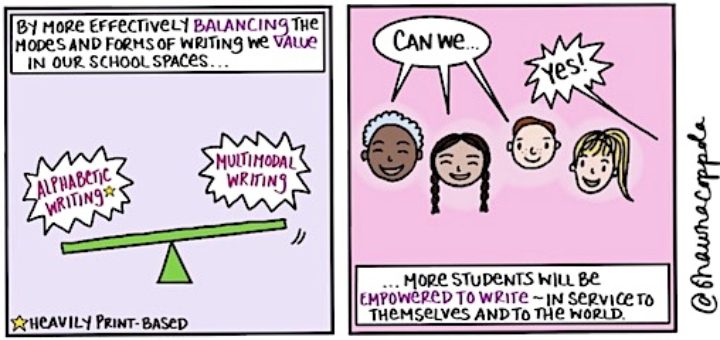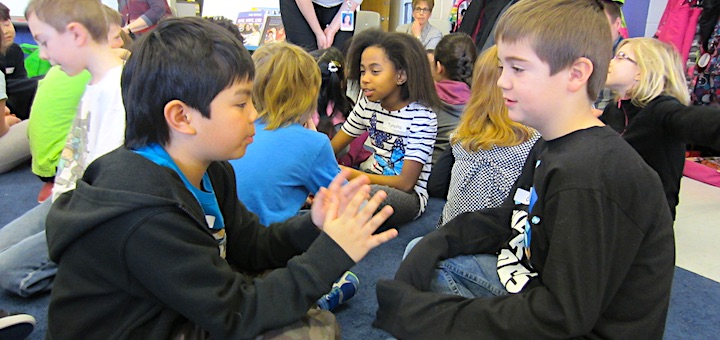Our Students Need a New Definition of Writing
The narrow “alphabetic” definition of writing found in many school classrooms actively disengages youth, says literacy author Shawna Coppola. Students simply prefer to compose using forms that incorporate visual, aural, and multimodal texts as a way to make or enhance meaning.


















